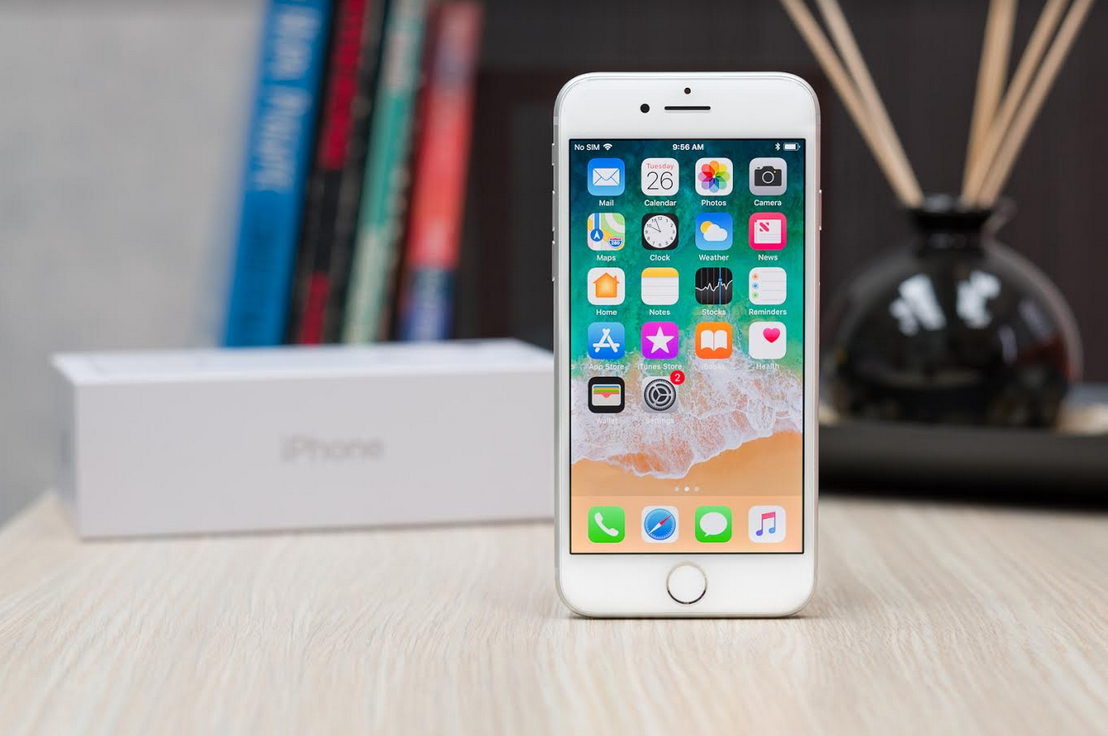Report says Touch ID will return to the Apple iPhone next year

Apple purchased biometric company AuthenTec back in 2012 for $356 million. The next year, the iPhone 5s was launched and was the first iOS device equipped with the Touch ID fingerprint scanner. This was a mainstay feature for the iPhone until 2017's iPhone X replaced the biometric scanner with Face ID. And Touch ID was replaced with Face ID on all three 2018 iPhone models.
But there are quite a few iPhone users who prefer Touch ID over Face ID with some saying that the former unlocked their phone faster and easier. For those who miss Touch ID, good news is possibly returning as soon as next year. According to a report by MacRumors, an analyst from Barclays and his associates recently visited companies in Apple's supply chain and was told that the 2020 iPhones will be equipped with an in-display acoustic fingerprint technology. This would allow users to tap the screen anywhere to unlock the device. Earlier this year, we told you about a patent Apple had filed for this technology, which converts audio signals into a coded image of the user's fingerprint. This would result in a version of Touch ID that would be faster and easier to use.
The analyst, named Blayne Curtis, wrote a research note about what he learned by visiting Apple's supply chain and told clients that the 2020 iPhones will support 5G. In addition, the rear cameras on these handsets will have 3D scanning capabilities. Currently, the front-facing TrueDepth Camera handles that chore, and the data is used for Face ID. Based on previous rumors, a cheaper and easier to produce Time-of-Flight (ToF) sensor will most likely be employed on the back of the 2020 iPhones. The ToF sensor sends out infrared beams, which bounce off the subject and return to the phone. By tracking the time it takes for the beams to make this round trip, an accurate 3D map can be made.
But we're jumping the gun. There still are this year's models to discuss, and Curtis' supply chain sources revealed that all 2019 iPhones will launch sans 3D Touch. That is the feature that allows users to press on an app's icon to see quick actions, view shortcuts and get a peek at their messages. With all three 2020 iPhone models expected to sport an OLED panel, LG will be auditioning this year for some of that business. Curtis says that the South Korean tech giant will supply Apple with 10% to 30% of the OLED displays that will be used on this year's iPhone 11 and iPhone 11 Max; the remaining 70% to 90% of the OLED panels will come from Samsung.
Some suppliers say that the iPhone SE 2 is coming early next year, based on the iPhone 8
As we've seen with the renders of this year's iPhone 11, the analyst's report says that the only major design change will be the addition of the rear-facing camera module in the upper left corner on the back of each model. The iPhone 11 and iPhone 11 Max are both expected to have a triple camera setup, while the iPhone 11R will be equipped with a dual camera setup. The two OLED models will get a 33% boost in memory from 3GB of RAM to 4GB, and the new phones will go into production as soon as July.
And here is one part of the analyst's report that is sure to excite a certain segment of iPhone fans. Curtis says that some of the suppliers that he and his team visited mentioned the possibility that Apple will produce an iPhone SE 2 early next year. The phone would be equipped with the same specs found inside the iPhone 8. That means the device would feature a 4.7-inch LCD display with a resolution of 750 x 1334. The Apple A11 Bionic SoC should be found under the hood, with a 12MP camera in back and a 7MP FaceTime camera in front. However, before you get too excited, other suppliers said that they have not heard anything about such a device.

If the report is right, the Apple iPhone SE 2 will look like this
Follow us on Google News














Things that are NOT allowed:
To help keep our community safe and free from spam, we apply temporary limits to newly created accounts: